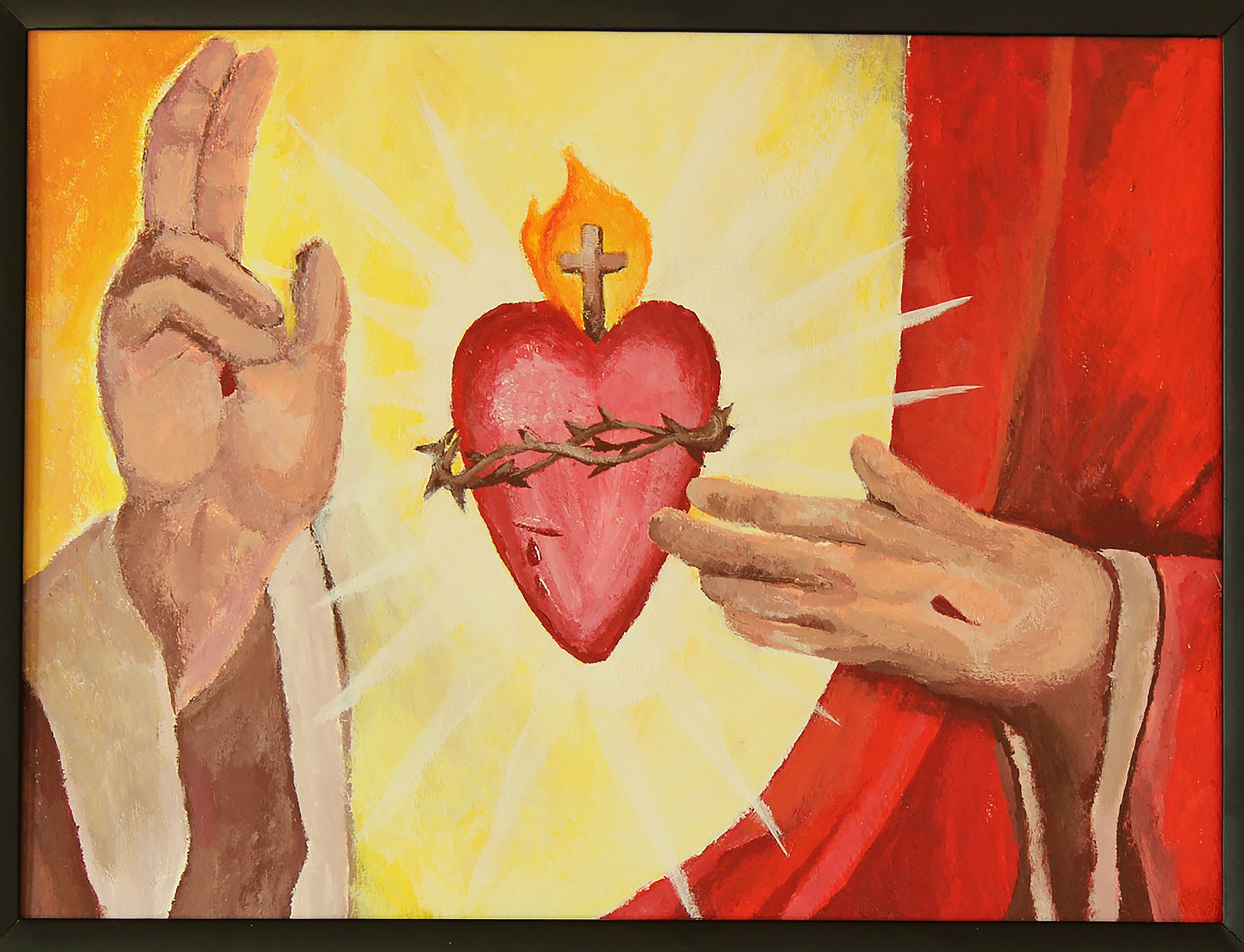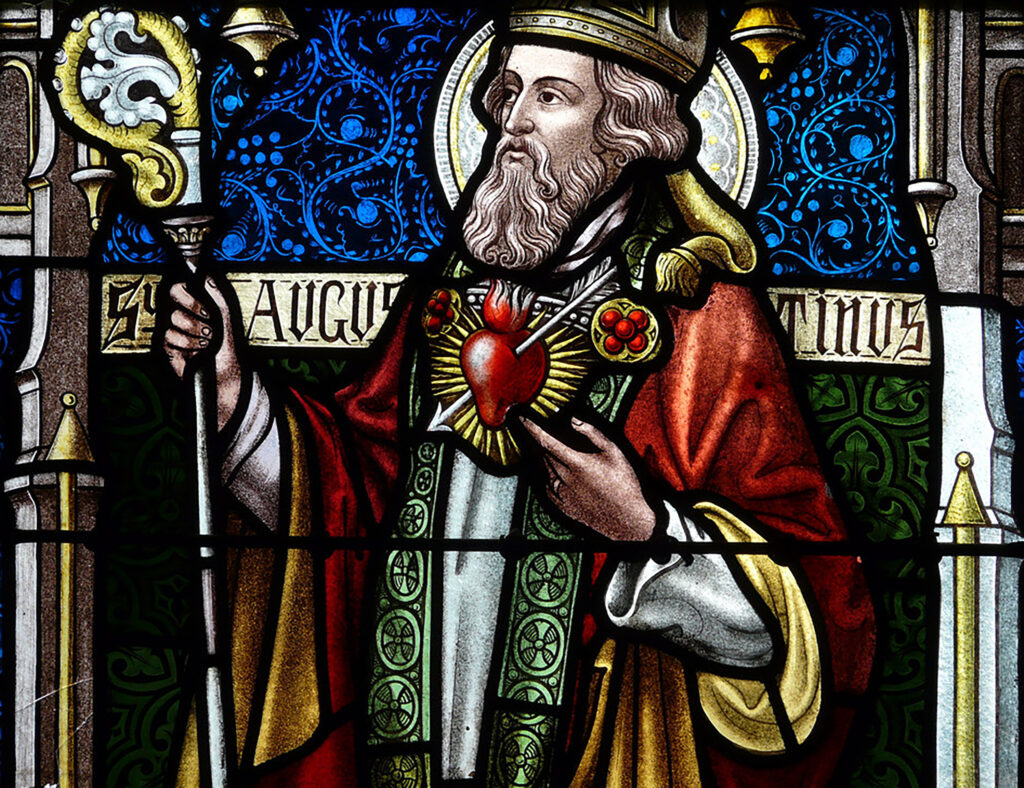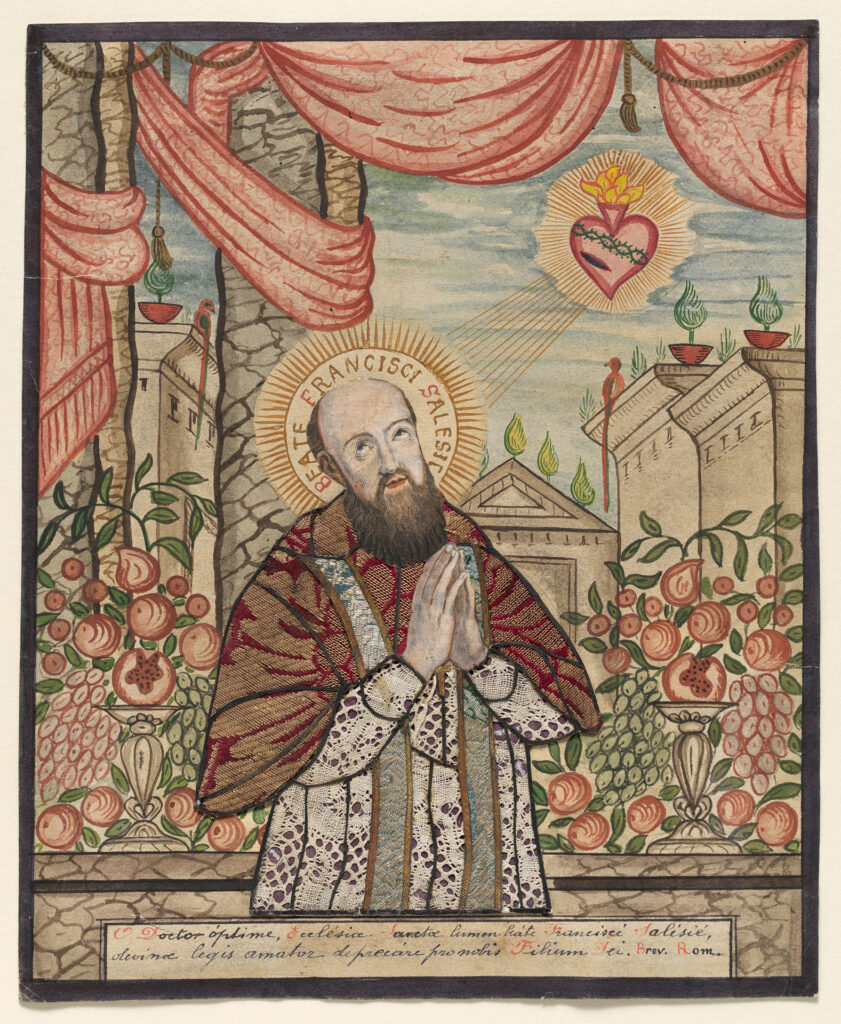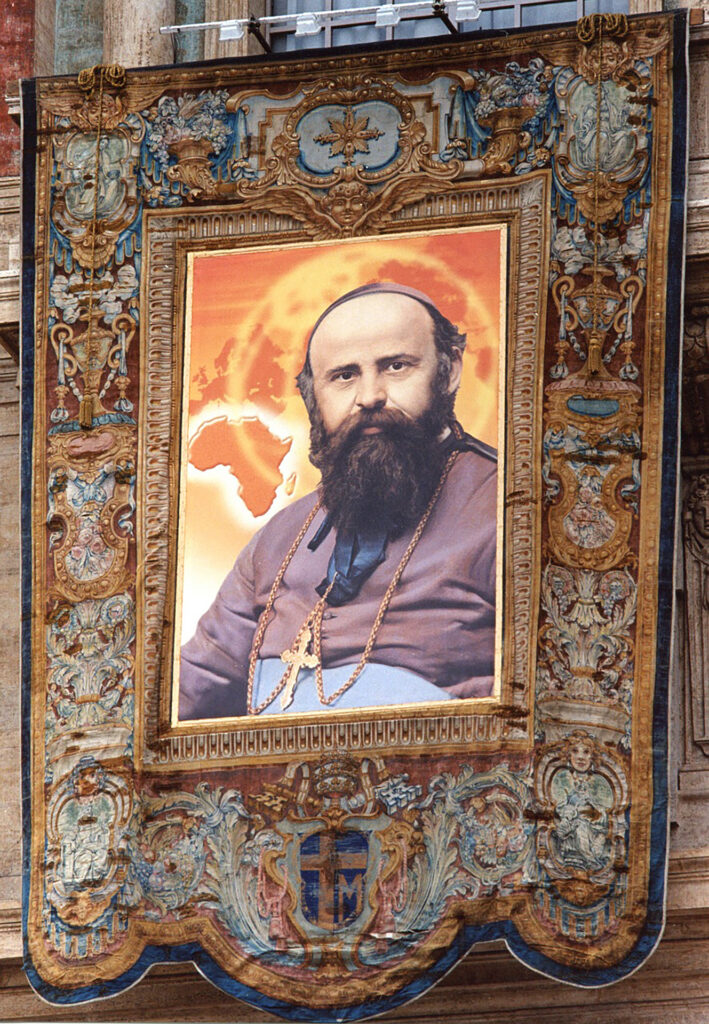
FINDING A HOME
The cross is also the anchor of our hope as it appears in the Jubilee logo embedded onto the lit candle. The lower part of the cross is elongated and turned into the shape of an anchor, which is lowered into the waves and stabilizes the ship amidst the storms.
In addition, the cross is bent down backwards towards the four human figures. This indicates God’s act of compassion, seeking us out and offering surety of hope.
REFLECTIONS • ENCYCLICAL DILEXIT NOS

HEART OF JESUS, LOVE FOR THE WORLD
In his recent encyclical, Pope Francis invites all Christians to rediscover the beauty and importance of the devotion of the Sacred Heart of Jesus Christ. A deep and personal encounter with the Lord enhances our ability to love and serve others.
BY FR EFREM TRESOLDI, MCCJ
WHAT PROMPTED Pope Francis to write an encyclical on the human and divine love of the Heart of Jesus Christ? It would seem to be a superfluous work since extensive literature on the subject already exists, starting with the writings of saints, to theological treatises, to pronouncements and encyclicals of previous popes.
At the beginning of his letter, Pope Francis explains why he was moved to write a lengthy letter on the devotion of the Sacred Heart. “In this ‘liquid’ world of ours, we need to start speaking once more about the heart and thinking, about this place where every person, of every class and condition, creates a synthesis…” (DN §9). The Pope warns us, “If we devalue the heart, we also devalue what it means to speak from the heart, to act with the heart, to cultivate and heal the heart” (§11). He adds, “A society dominated by narcissism and self-centredness will increasingly become ‘heartless’” (§17).
Ancient saints of the Heart of Jesus
The encyclical Dilexit nos presents examples of many holy men and women who along the centuries have contributed to the development of the spirituality of the Heart of Jesus. What follows is a selection of insightful thoughts by some of them:

“Saint Augustine opened the way to devotion to the Sacred Heart as the locus of our personal encounter with the Lord. For Augustine, Christ’s wounded side is not only the source of grace and the sacraments, but also the symbol of our intimate union with Christ, the setting of an encounter of love. There we find the source of the most precious wisdom of all, which is knowledge of Him” (§103).
Echoing Augustine, Benedict XVI, admirer of and expert on the great African saint, says, “Every person needs a ‘centre’ for his or her own life, a source of truth and goodness to draw upon in the events, situations and struggles of daily existence. All of us, when we pause in silence, need to feel not only the beating of our own heart, but deeper still, the beating of a trustworthy presence, perceptible with faith’s senses and yet much more real: the presence of Christ, the heart of the world” (§81).
“Every person needs a ‘centre’ for his or her own life, a source of truth and goodness to draw upon in the events, situations and struggles of daily existence.” ( Benedict XVI)
Pope Francis added, “Gradually the wounded side of Christ, as the abode of His love and the wellspring of the life of grace began to be associated with his heart…” (§109).
Saint Catherine of Siena wrote that the Lord’s sufferings are impossible for us to comprehend, but the open heart of Christ enables us to have a lively personal encounter with His boundless love. “I wished to reveal to you the secret of my heart, allowing you to see it open, so that you can understand that I have loved you so much more than I could have proved to you by the suffering that I once endured” (§111).
Modern saints of the Heart of Jesus
Moving into the modern era, Pope Francis mentions Saint Francis de Sales for whom “true devotion had nothing to do with superstition or perfunctory piety, since it entails a personal relationship in which each of us feels uniquely and individually known and loved by Christ. ‘This most adorable and lovable heart of our Master, burning with the love which he professes to us, [is] a heart on which all our names are written… Surely it is a source of profound consolation to know that we are loved so deeply by our Lord, who constantly carries us in his heart’” (§115).
In the seventeenth century, Saint Margaret Mary Alacoque “invites us to grow in our encounter with Christ, putting our trust completely in His love, until we attain full and definitive union with Him. ‘It is necessary that the divine heart of Jesus in some way replace our own; that He alone live and work in us and for us… And so, this lovable heart being our all in all, we can say with Saint Paul that we no longer live our own lives, but it is He who lives within us’” (§122).
Saint Claude de La Colombière, inspired by the moving spiritual experience of Saint Margaret Mary and the vivid form of contemplation of Saint Ignatius Loyola, reflected on the passion of our Lord. He was touched by “…. the attitude of the heart of Jesus towards Judas who betrayed Him, the apostles who cravenly abandoned Him, the priests and the others responsible for the persecution He suffered; none of these things was able to arouse in Him the slightest sentiment of hatred or indignation. I present myself anew to this heart free of anger, free of bitterness, filled instead with genuine compassion towards its enemies” (§128).



Missionary saints of the Heart of Jesus
Saint Daniel Comboni – whom the encyclical calls a saintly missionary – once stated, “This divine heart, which let itself be pierced by an enemy’s lance in order to pour forth through that sacred wound the sacraments by which the Church was formed, has never ceased to love” (§149).
“Saint Charles de Foucauld sought to imitate Jesus by living and acting as He did, in a constant effort to do what Jesus would have done in his place. Only by being conformed to the sentiments of the heart of Christ could he fully achieve this goal. St Charles states, ‘Our heart – like that of Jesus, must embrace all men and women…. The love of the heart of Jesus for men and women, the love that He demonstrated in His passion, this is what we need to have for all human beings’” (§179).
“The love of the heart of Jesus for men and women, the love that He demonstrated in His passion, this is what we need to have for all human beings” (Saint Charles de Foucauld)
In his encyclical, Pope Francis dedicates ample space to Saint Therese of the Child Jesus. “As we contemplate the heart of Christ, the incarnate synthesis of the Gospel, we can, following the example of Saint Therese of the Child Jesus, ‘place heartfelt trust not in ourselves but in the infinite mercy of a God who loves us unconditionally and has already given us everything in the cross of Jesus Christ’” (§90).
Spirituality open to a suffering world
Towards the end of his encyclical, the Pope warns us against the risk of practicing a self-centred devotion to the Sacred Heart of Jesus. “What kind of worship would we give to Christ if we were to rest content with an individual relationship with Him and show no interest in relieving the sufferings of others or helping them to live a better life? Would it please the heart that so loved us, if we were to bask in a private religious experience while ignoring its implications for the society in which we live?” (§205).
At the end, Pope Francis expresses his desire in prayer, “I ask our Lord Jesus Christ to grant that His Sacred Heart may continue to pour forth the streams of living water that can heal the hurt we have caused, strengthen our ability to love and serve others, and inspire us to journey together towards a just, solidary and fraternal world” (§220).

